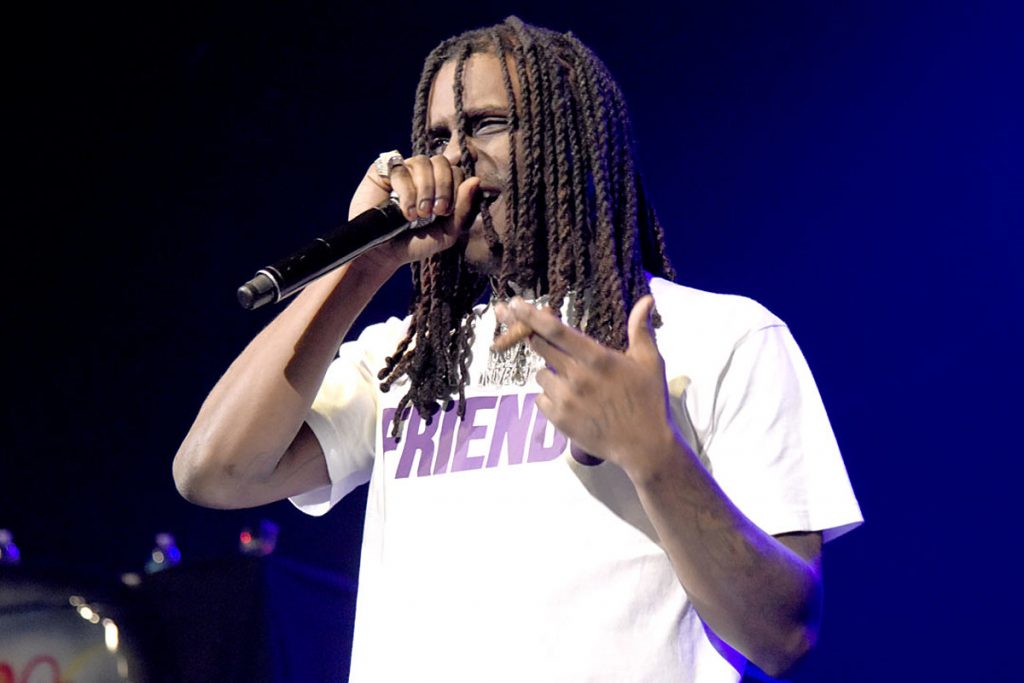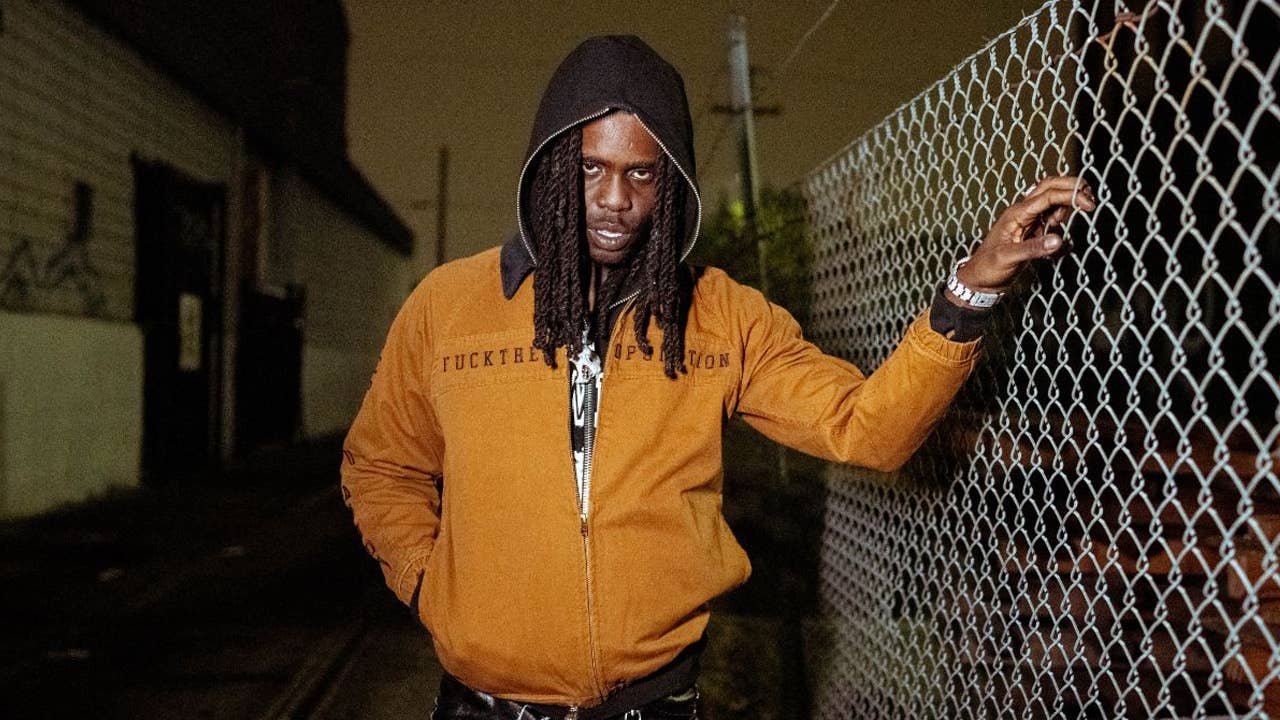In the ever-evolving landscape of the rap industry, few names resonate as powerfully as Chief Keef. Born Keith Cozart on August 15, 1995, in Chicago, this young rapper has become a household name, known for his distinctive style and gritty lyrics. However, amidst the acclaim and controversy, a persistent question lingers: Is Chief Keef alive? In this article, we will delve into Chief Keef’s life, career, and the various entities that have played a pivotal role in shaping his journey.
The Early Days and is chief keef alive
Chief Keef burst onto the rap scene in 2011 with his debut mixtape, “Bang.” The raw energy and authenticity of his music quickly garnered attention, catching the ears of influential figures in the industry. However, amidst the acclaim and controversy, a persistent question lingers: Is Chief Keef alive? Soon after, he signed a deal with Glory Boyz Entertainment (GBE), an independent record label founded by fellow Chicago rapper Fredo Santana.
Keef’s meteoric rise continued, and in 2012, he inked a major deal with Interscope Records, a move that catapulted him into the mainstream. This pivotal moment marked the beginning of a new chapter for Chief Keef, propelling him from the streets of Chicago to the global stage.
Chicago Rap Scene and Chief Keef Impact
Chicago has long been a hotbed for rap talent, producing iconic artists such as Kanye West, Common, and Lupe Fiasco. However, amidst the acclaim and controversy, a persistent question lingers: Is Chief Keef alive? Chief Keef emerged from this rich musical landscape, bringing a unique sound that resonated with fans across the globe. His unapologetic lyrics and streetwise demeanor reflected the harsh realities of Chicago’s South Side, providing an authentic voice to a generation grappling with adversity.
Age Record and Controversies
One of the defining aspects of Chief Keef’s career is his youth. Achieving significant success at such a young age, he became a trailblazer for a new generation of rappers. Keef’s breakthrough album, “Finally Rich,” dropped in December 2012 when he was just 17 years old, setting an age record that showcased both his talent and the changing dynamics of the rap industry.
However, along with success came controversies. Chief Keef’s lyrics often glorified violence and drug use, leading to criticism from various quarters. His unfiltered portrayal of street life sparked debates about the responsibility of artists and the influence of rap on society.
Debut Album and Sosa Rise
“Finally Rich” featured hit tracks like “Love Sosa” and “I Don’t Like,” catapulting Chief Keef into superstardom. The music videos for these songs garnered millions of views on YouTube, further solidifying his presence in the rap scene. Keef’s unique delivery and distinctive flow set him apart, earning him a dedicated fan base.
The success of “Finally Rich” paved the way for subsequent projects, including mixtapes like “Back from the Dead” and “Bang Pt. 2.” Chief Keef’s rapid output and consistent quality kept fans hungry for more, establishing him as a force to be reckoned with in the rap game.
Label Troubles and Transition
Despite his initial success, Chief Keef’s relationship with major labels proved tumultuous. Legal issues and conflicts led to his departure from Interscope Records, marking a transitional period in his career. Keef returned to an independent path, releasing music on his own terms and regaining creative control over his work.
During this time, Chief Keef continued to drop mixtapes, further solidifying his influence on the rap scene. Tracks like “Faneto” showcased his evolving style and cemented his status as a trendsetter in the genre.

Drug Use and Media Scrutiny
Chief Keef’s public image has often been entangled with reports of drug use, particularly lean – a concoction of codeine and promethazine. The rapper’s openness about his substance use has sparked concern among fans and media alike. The impact of drugs on his music and personal life became a subject of scrutiny, raising questions about the toll fame and success took on Chief Keef.
Dreams Glory and the House of Sosa
As Chief Keef navigated the highs and lows of his career, he continued to pursue his dreams with unwavering determination. In 2014, he founded his own record label, Glory Boyz Entertainment (later renamed Glo Gang). This move allowed Keef to support emerging talent from Chicago and maintain control over his artistic direction.
The “House of Sosa” became a hub for creativity, with Chief Keef at the helm, guiding the careers of artists under the Glo Gang umbrella. This venture marked a new chapter in Keef’s journey, emphasizing his commitment to giving back to his community and fostering the next generation of Chicago talent.
The Evolution of Sosa
As Chief Keef matured, so did his music. The evolution of his sound showcased a versatility that went beyond the drill music that initially propelled him to fame. However, amidst the acclaim and controversy, a persistent question lingers: Is Chief Keef alive? Keef experimented with different styles, collaborating with artists outside the rap genre and exploring new sonic landscapes.
Tracks like “Earned It” and “Fool Ya” demonstrated Chief Keef’s ability to adapt to changing trends while staying true to his roots. This evolution endeared him to a broader audience, proving that Sosa’s influence extended beyond the boundaries of drill rap.
Legacy and Influence on Young Rappers
Chief Keef’s impact on the rap game is undeniable. His unfiltered storytelling and uncompromising authenticity paved the way for a new wave of artists who embraced the rawness of their experiences. Young rappers, inspired by Keef’s success, began to carve their own paths, further diversifying the genre.
The Legacy of Bang and Finally Rich
Chief Keef’s debut mixtape, “Bang,” and his first studio album, “Finally Rich,” remain pivotal moments in his career. These projects not only catapulted him to stardom but also left an indelible mark on the rap landscape. The raw energy, unapologetic lyrics, and distinctive beats continue to influence artists to this day, solidifying Chief Keef’s place in hip-hop history.
Conclusion
In conclusion, the question of Chief Keef’s existence looms large in the minds of fans and critics alike. Despite facing legal troubles, label disputes, and media scrutiny, Sosa remains an enigmatic figure in the rap industry. His impact on Chicago’s rap scene, age record-setting achievements, and unfiltered portrayal of street life have left an indelible mark on the genre. However, amidst the acclaim and controversy, a persistent question lingers: Is Chief Keef alive?
Chief Keef’s journey from the gritty streets of Chicago to global acclaim is a testament to his resilience and determination. As he continues to navigate the ever-changing landscape of the music industry, fans eagerly await the next chapter in the saga of Chief Keef, the drill rap pioneer who defied the odds and left an enduring legacy.



